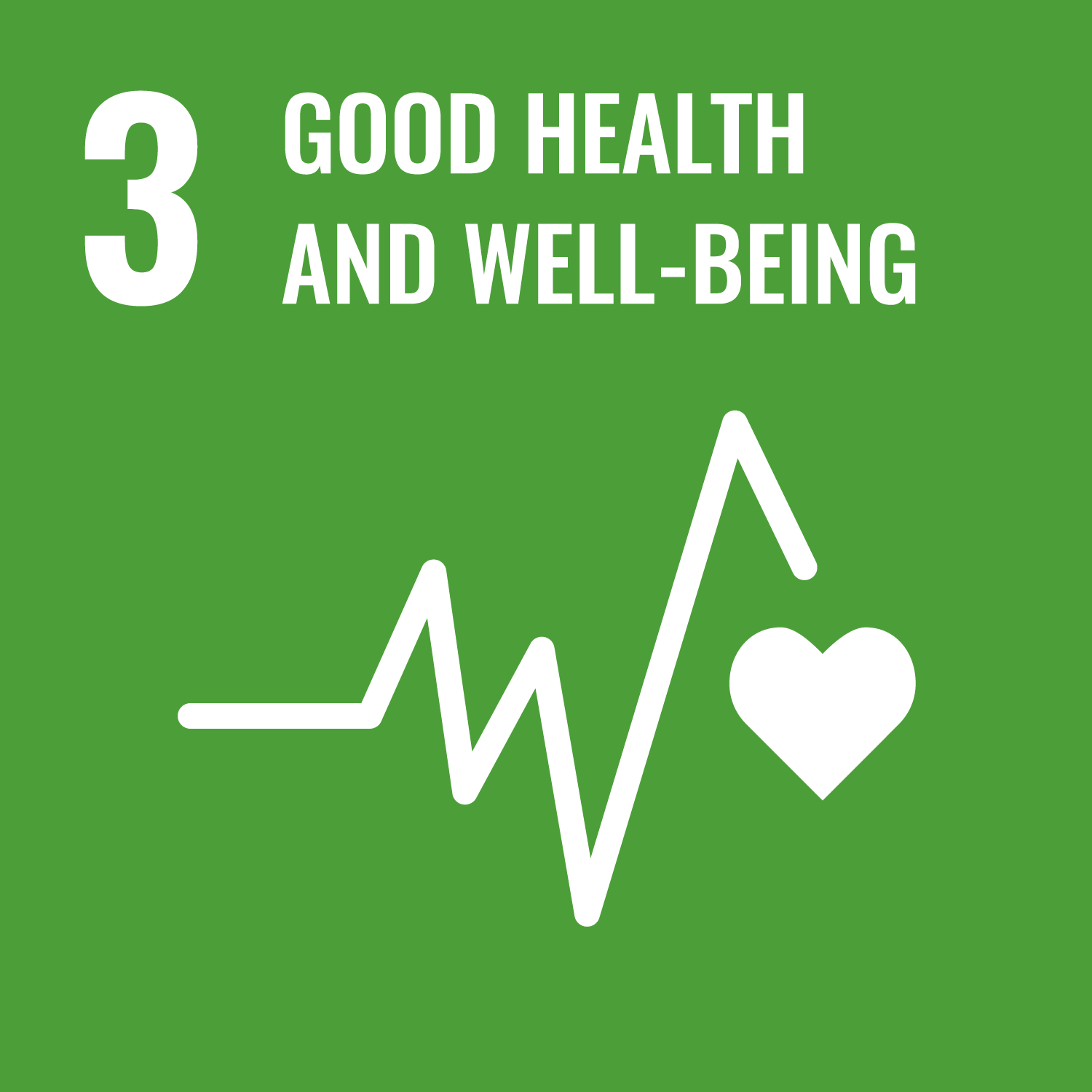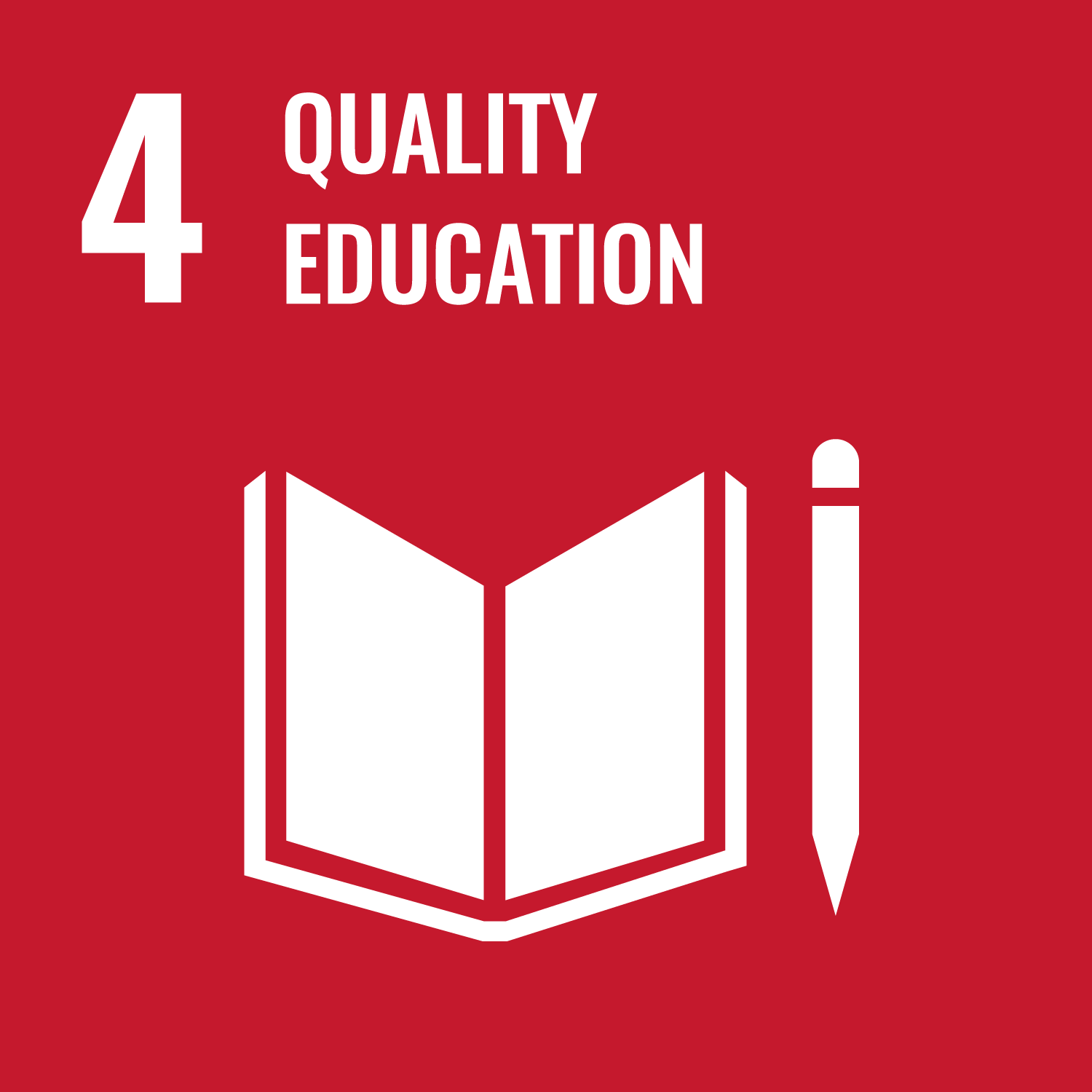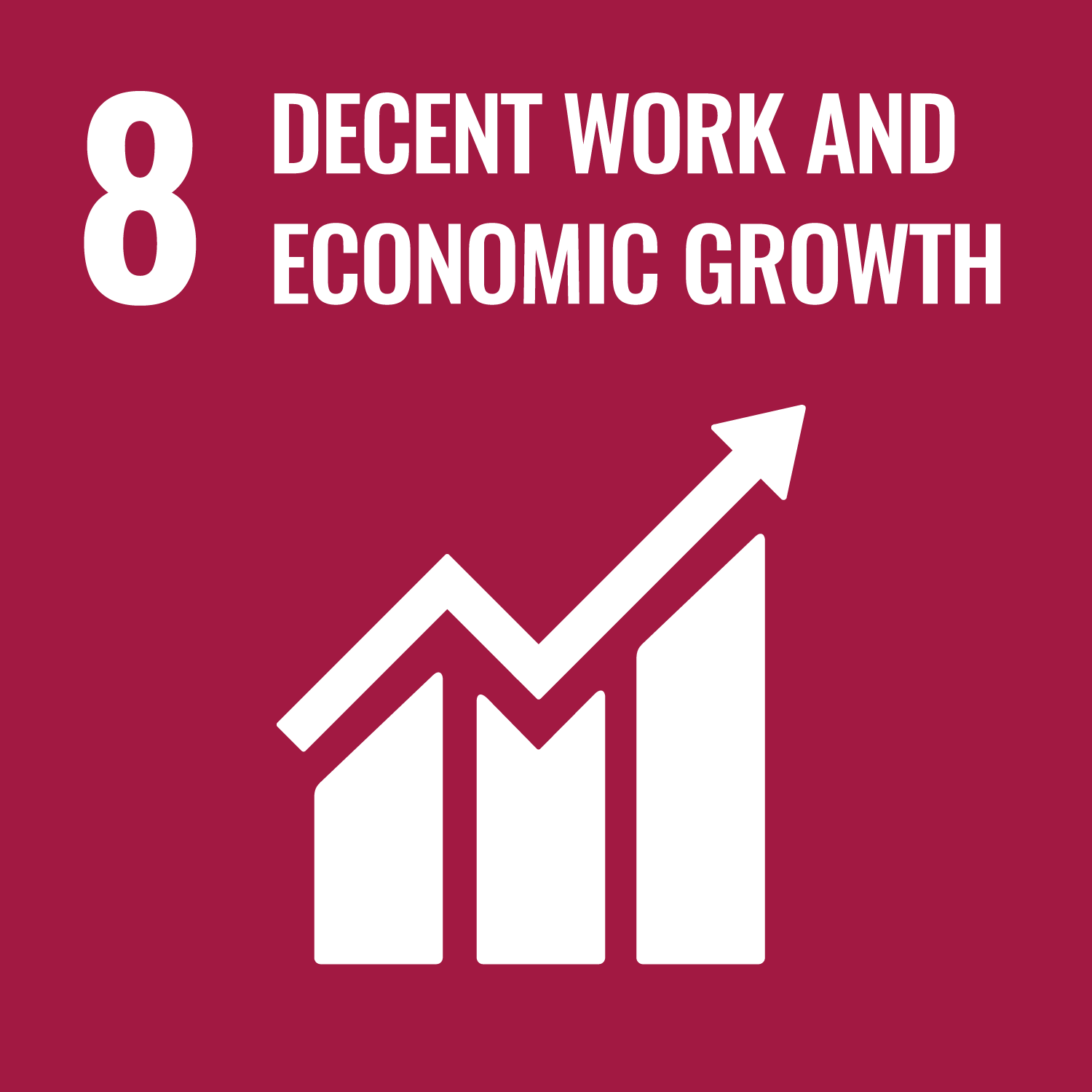Chances
Aligned SDGs




General overview
Stage of development: Complete
Policy sector: Health
Date outcomes contract signed: Jun 2020
Start date of service provision: Sep 2020
Anticipated completion date: Oct 2024
Capital raised (minimum): GBP 1.25m (USD 1.54m)
Max potential outcome payment: GBP 4.10m
Service users: 6k+ individuals
Intervention
The aim of the Chances Programme is to make the most disadvantaged neighbourhoods in the UK healthier, more connected and safer, by providing new opportunities and alternative life pathways for children and young people.
Target population
Children and young people aged between 8-17 with specific issues - low school attendance, recent offenders, looked after children, NEETS, pre-NEETs, and young people with mental health problems.
Location
Country
- United Kingdom
Service delivery locations
- Islington London Borough Council
- London Borough of Bexley
- Birmingham City Council
- Doncaster Council
- Coventry City Council
- Ealing London Borough Council
- Wigan Council
- Waltham Forest Council
- Hounslow London Borough Council
- Shropshire Council
- Bristol City Council
- Lambeth London Borough Council
- Sunderland City Council
- Southwark Council
- Devon County Council
Involved organisations
Configuration of contracting parties:
- Managed structure (bilateral outcomes contract between outcomes payer and intermediary organisation or intermediary-owned SPV)
- Devon County Council
- Department for Culture, Media and Sport (DCMS)
- London Borough of Lambeth
- Bristol City Council
- London Borough of Harrow
- Newcastle City Council
- London Borough of Islington
- Waltham Forest Council
- Doncaster Metropolitan Borough Council
- Shropshire County Council
- Active Oxfordshire
- Coventry City Council
- Wigan Metropolitan Borough Council
- Sunderland City Council
- Sport England
- Southampton City Council
- Hartlepool Borough Council
- Middlesborough Borough Council
- Oxford City Council
- Teesside Police & Crime Commissioner
- North Tyneside Borough Council
- Northumberland County Council
- Redcar & Cleveland Borough Council
- Stockton Borough Council
- Flying Futures
- Positive Youth Foundation
- Charlton Athletic Community Trust
- Leyton Orient Community Trust
- Aston Villa Community Trust
- Brentford FC Community Sports Trust
- Foundation of Light Sunderland
- Youth Moves
- Wigan Athletic Community Trust
- QPR Community Trust (Queens Park Rangers)
- Exeter City Community Trust
- Energise STW
- Palace for Life Foundation
- Active Oxfordshire
Outcome metrics
- Metric 1: Engagement/ ‘Involved’ measure. A staff assessment of the ‘engagement’ level of a young person in the programme between 12 and 24 weeks after enrolment. A bespoke Engagement Matrix will be used.
- Metric 2: Physical literacy measure at mid-point. A young person will complete a midpoint questionnaire, 12 to 24 weeks after enrolment and providing they have been assessed as being ‘involved’, which will measure perceptions of physical literacy.
- Metric 3: Physical literacy measure at end-point. A young person will complete an endpoint questionnaire, 36 to 52 weeks after enrolment, which will measure perceptions of physical literacy.
- Metric 4: Achievement of a recognised sports qualification / coaching award started during any quarter. The delivery organisation will provide a copy of the certificate of achievement.
- Metric 5: Reduction in re-offending of young people who have offended once or are subject to a Pre-Court Disposal Order in the 12 months prior to referral into the programme. For young people who have offended once, the participating LA will provide a letter confirming the offending / non offending behaviour of the young person at the end of each quarter of their involvement in the programme.
- Metric 6: Reduction of young people who have offended three times or more in previous 12-month period by one third over the year following referral No further offending over each three-month period following engagement. For young people who have offended a minimum of three times, the participating LA will provide a letter confirming the behaviour of the young person at the end of each quarter of their involvement in the programme.
- Metric 7: Improvement in school or Pupil Referral Unit attendance of each 10% over three full terms compared to the full term immediately prior to referral to the programme. The participating LA school or PRU will provide a letter confirming the attendance rate of the young person at the end of each of the following three full school terms after they have enrolled on the programme.
- Metric 8: Completion of a three-month volunteering or work experience placement totalling a minimum of 30 hours. The organisation hosting the volunteering or work placement will provide a letter documenting the length and type of placement.
Results
Chances started delivering services in September 2020 and finished in October 2024. Data on outcome achievements was self-reported by the project in the Life Chances Fund end of grant form. Data was last updated in December 2025. These are final results.
Outcome achievements
Overall target is based on the high case scenario defined in the Life Chances Fund Final Award Offer or Variation Agreements.
The graph above shows interim results for the project’s outcome achievements. Each bar represents a key participant outcome or metrics. Each metric is detailed above the graph (under the ‘Outcome metrics’ section of this page). Users can hover over the bars to access data on the expectations and achievements for that particular metric. Labels at the top of the bar represent the overall expectations for specific metrics, for the entire life of the project. The coloured section of the bar represents the project’s achievements so far.
Each bar takes the unit of analysis of the metric (if the metric is measured in number of individuals, the bar graph is representing individuals achieving that metric. If the metric is measured in weeks, the bar graph is representing weeks).
A note on targets (or expectations): the graph above shows the latest targets for the project. These targets are based on the best-case scenario expectations for every project. These targets may be different from the targets set at the start, as projects adapt to unexpected challenges or changes in circumstances. In addition, these targets could also work as a ‘cap’ for payments. We offer these parameters as a reference on outcome achievement projections. If projects are under implementation, they are not expected to have achieved any of these targets yet.
The intermediary organisation's comment of this graph:
'The physical literacy outcomes were introduced by Sport England, aligning with their central metrics for measuring and capturing physical activity levels across the national population. The social outcome metrics were developed using the extensive research and evidence base from sports programmes and consulting with a focus group of local authorities. Physical literacy outcomes develop over time and so require a consistent engagement with the participant, ideally over 10-12 months. Reducing youth offending behaviour is a challenging outcome to achieve and made more so by the relative nature of the participant’s previous offending. Improving school attendance is measured over three school terms and an average improvement of 10% is necessary for the outcome to be claimed. This is the most challenging outcome because of the multiplicity of the metric and the necessity of working with schools to provide data and evidence.
Taking the learning from Chances there are things we would adjust going forward but there is also an intention to set ambitious outcome measures in order to continually test and build the evidence base for sports based social impact interventions. We are also exploring proxy indicators and have introduced a soft outcome/well-being measure to better understand the impact of the project on young people.'
Outcome payments
The graph above shows interim outcome payment results. The x-axis displays the years since the start date of the project to the anticipated completion date. The y-axis represents the value of the payments for outcomes realised by participants in the programme. The aim of this graph is to enable users to compare the initial expectations of the project against the actual value of the outcomes that were achieved.
The dotted lines represent the different plans that projects had at different moments- labelled as ‘Plans’ in the key. The data for these dotted lines (or single dotted line) comes from the outcome payment profiles that projects shared with the commissioners and their values represent expectations according to 'best-case scenarios' (if projects achieved as many outcomes as possible). There are different dotted lines as projects can renegotiate their payment plans as they face changes that affect delivery (such as the COVID pandemic) or adjust their expectations during the life of the project. Each dotted line is made of a set of points. Each point represents a quarter. Users can hover over those points and access data on the expectations for that quarter.
The solid line shows the outcome payments that the project already claimed and received- labelled as ‘Actual’ in the key. Squared points on the 'Actual' line indicate that the payment for that quarter was a COVID-19 medium-scenario grant. This was one of the temporary funding options offered to projects during the COVID-19 pandemic (this included activity payments based on projected medium-case performance scenarios). On the top-right corner, the ‘Plans’ and ‘Actual’ lines can be selected and deselected to change which lines appear in the graph.
A note on the representation of different payment profiles (or plans): when Life Chances Fund projects reprofile their payment plans, they use a template provided by the National Lottery Fund. When they complete data for the past quarters, some projects preferred to leave those cells blank, other preferred to repeat the previous expectations and other decided to complete those cells with data from actual payments. To avoid confusions around these different criteria, we start representing a plan from the moment when the plan is valid.
The intermediary organisation's comment of this graph:
'Sport England pay for the physical literacy outcomes, Life Chances Fund and 21 local authorities pay for EET (education, employment and training) and youth justice outcomes on a payment by results principle. The pandemic delayed the start of the programme, thereby pushing all the timeframes back. The achievement of outcomes in the first year was no doubt impacted by the pandemic, including delays with referring young people, referral of ineligible participants and stretched capacity of local government staff to support the project operationally.
We recognised quite early on that the cashflow modelling needed to be better aligned with the timeframe of when outcomes would be achieved and verified. Following this early stage amendment the model has broadly stayed the same. There is a need to be more realistic about the time gap between when outcomes land and when they are paid for by commissioners, particularly local government partners.'
Powered by SyROCCo SyROCCo reports
The following articles are taken from the Systematic Review of Outcomes Contracts Collaboration (SyROCCo) Machine Learning tool.
The tool is a collaboration between the Government Outcomes Lab and machine learning experts from the University of Warwick, that allows you to navigate and explore data extracted from nearly 2000 academic and grey literature publications related to outcomes-based contracting.
Other resources
Spreadsheet of data
Important Notice and Disclaimer on INDIGO Data
INDIGO data are shared for research and policy analysis purposes. INDIGO data can be used to support a range of insights, for example, to understand the social outcomes that projects aim to improve, the network of organisations across projects, trends, scales, timelines and summary information. The collaborative system by which we collect, process, and share data is designed to advance data-sharing norms, harmonise data definitions and improve data use. These data are NOT shared for auditing, investment, or legal purposes. Please independently verify any data that you might use in decision making. We provide no guarantees or assurances as to the quality of these data. Data may be inaccurate, incomplete, inconsistent, and/or not current for various reasons: INDIGO is a collaborative and iterative initiative that mostly relies on projects all over the world volunteering to share their data. We have a system for processing information and try to attribute data to named sources, but we do not audit, cross-check, or verify all information provided to us. It takes time and resources to share data, which may not have been included in a project’s budget. Many of the projects are ongoing and timely updates may not be available. Different people may have different interpretations of data items and definitions. Even when data are high quality, interpretation or generalisation to different contexts may not be possible and/or requires additional information and/or expertise. Help us improve our data quality: email us at indigo@bsg.ox.ac.uk if you have data on new projects, changes or performance updates on current projects, clarifications or corrections on our data, and/or confidentiality or sensitivity notices. Please also give input via the INDIGO Data Definitions Improvement Tool and INDIGO Feedback Questionnaire.